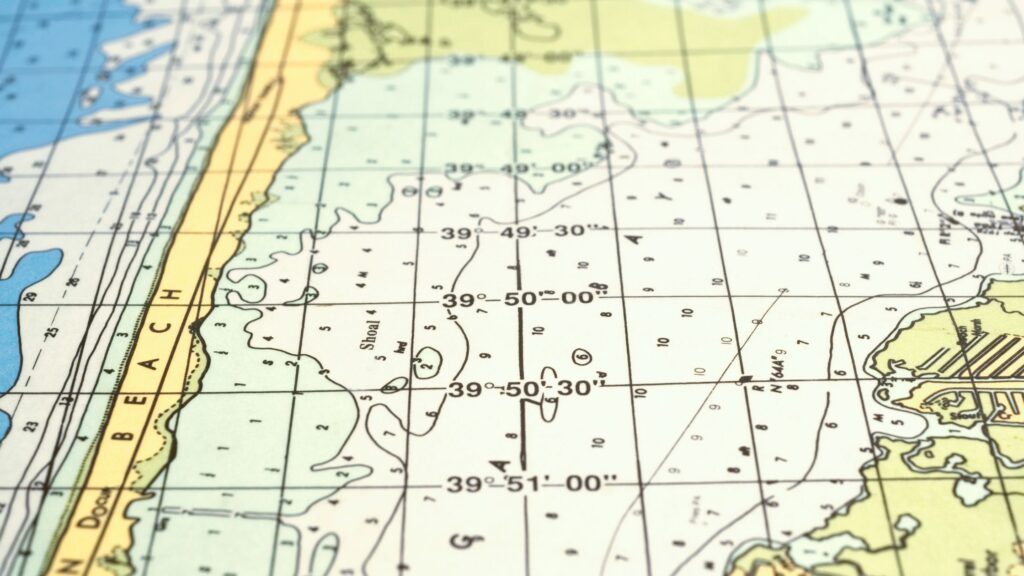What are Latitude and Longitude?

Latitude and longitude are two lines that people often use to pinpoint a specific location on Earth. But what exactly are latitude and longitude?
Latitude pertains to the horizontal lines you can see on a map. These lines run parallel to the equator and measure how far a north or south location is from the equator.
Longitude pertains to the vertical mapping lines that are often called meridians. These lines measure the distance east or west and start with the prime meridian, Earth’s zero of Longitude, which passes through England, France, Spain, Algeria, Mali, Burkina Faso, Togo, and Ghana.
Using Latitude and Longitude Together
Ancient Greek astronomers first developed the system as a better way of measuring the position of a specific location on Earth. So, by using latitude and longitude together, you can pinpoint any location on Earth.
Just remember that latitude lines run from east to west, while longitude lines run from north to south. While it may be hard to imagine invisible lines across the Earth, these lines appear on all maps and globes, making navigation easier.
For example, if you want to find the Eiffel Tower, which is located in Paris, France, then its exact location is 48.8584° N, 2.2945° E.
Other Famous Landmarks with their Corresponding Coordinates
- Statue of Liberty (USA) – 40.6892° N, 74.0445° W
- Great Wall of China (China) – 40.4319° N, 116.5704° E
- Machu Picchu (Peru) – 13.1631° S, 72.5450° W
- Taj Mahal (India) – 27.1751° N, 78.0421° E
- Sydney Opera House (Australia) – 33.8568° S, 151.2153° E
- Christ the Redeemer (Brazil) – 22.9519° S, 43.2105° W
- Pyramids of Giza (Egypt) – 29.9792° N, 31.1342° E
- Mount Everest (Summit) (Nepal/Tibet) – 27.9881° N, 86.9250° E
- Colosseum (Italy) – 41.8902° N, 12.4922° E
- Niagara Falls (Canada/USA) – 43.0828° N, 79.0742° W
Summary
- Latitude lines run horizontally (east to west) and measure distance north or south from the equator.
- In contrast, longitude lines run vertically (north to south) and measure distance east or west from the Prime Meridian.
- Latitude and longitude help pinpoint exact locations on Earth, like the Eiffel Tower at 48.8584° N, 2.2945° E.
—–
So, the next time someone asks you, “What are latitude and longitude,” you know the answer. Keep it up, young genius!
Need more help in Geography? Got assignments to finish? Let us help you excel in school. Ask your questions here and our team will try to answer them and share more information with you.